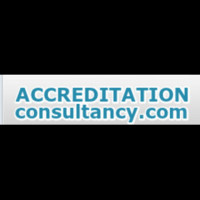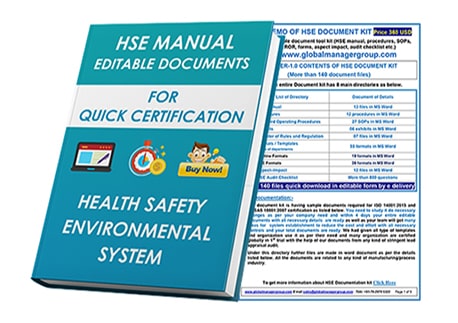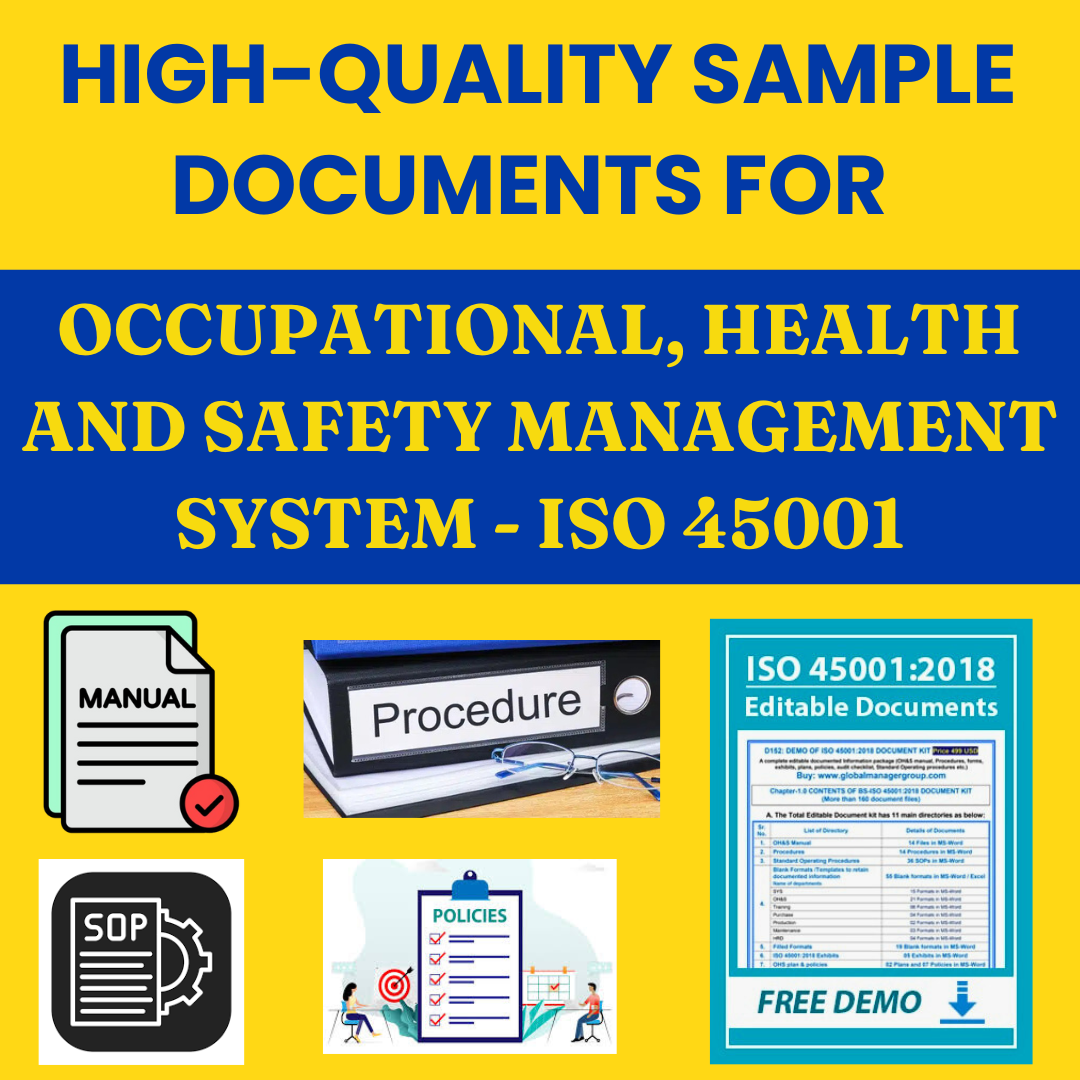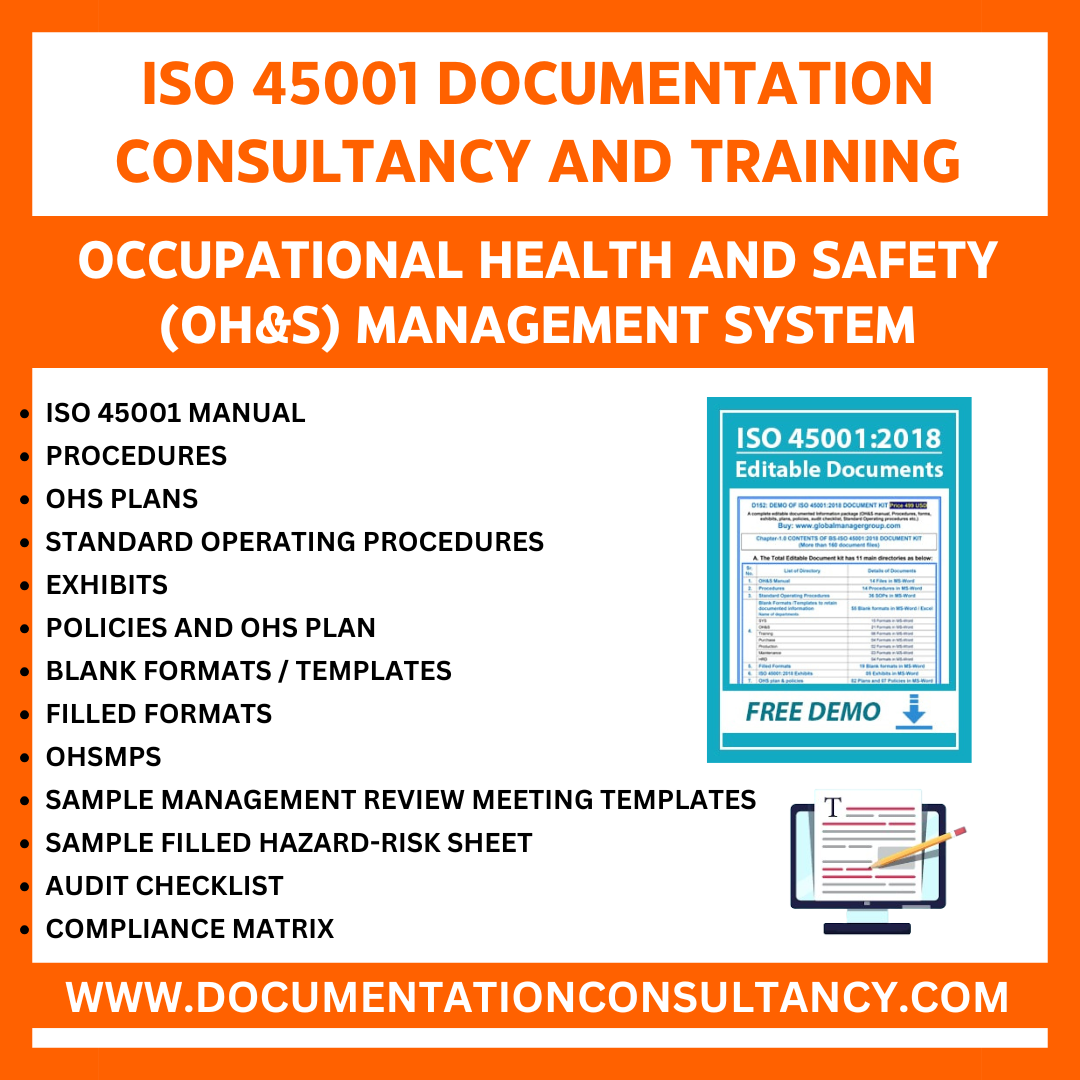Your Guide to the ISO 45001 Manual and Its Role in OH&S Compliance
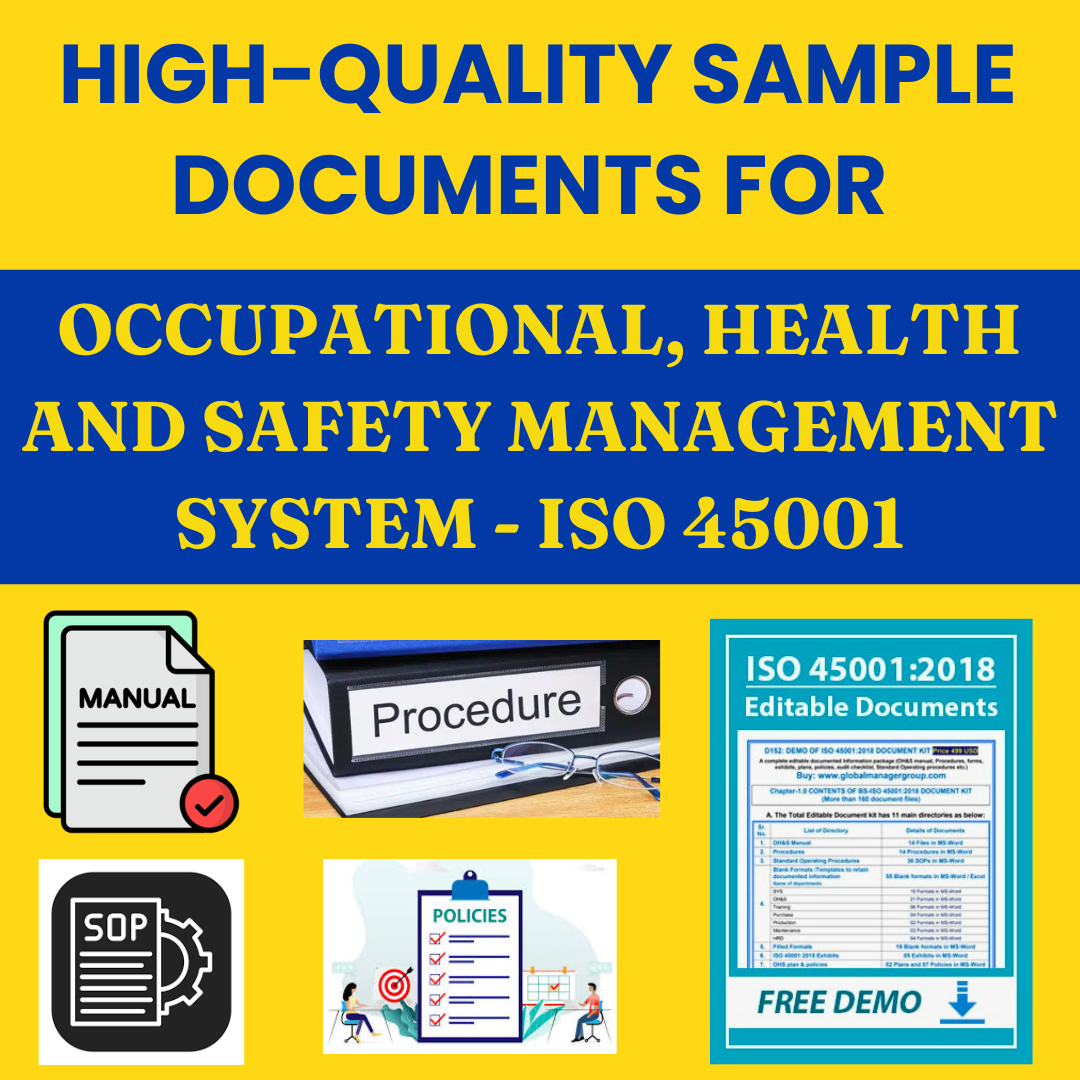
Strong 8k brings an ultra-HD IPTV experience to your living room and your pocket.
Occupational Health and Safety (OH&S) is a fundamental responsibility for any organization, especially in sectors where employees face physical, environmental, or chemical hazards. ISO 45001 is the internationally recognized standard for OH&S management systems. It provides a structured framework for identifying risks, complying with legal requirements, and improving workplace safety.
At the center of a well-implemented ISO 45001 system is the ISO 45001 manual—a key resource that documents how safety is managed across the organization. While the latest version of the ISO 45001 standard doesn’t require a manual, most organizations still choose to create one because of its value in driving consistency, accountability, and compliance.
What Is the ISO 45001 Manual?
The ISO 45001 manual outlines how an organization meets the requirements of the standard. It typically includes the scope of the OH&S management system (OHSMS), the safety policy, responsibilities, documented procedures, and performance objectives. It provides a structured view of how the system operates and how key requirements are fulfilled.
Even though ISO 45001:2018 removed the obligation to maintain a manual, having one remains a best practice. It simplifies internal communication, supports training, and acts as a central reference for auditors and managers
Key Components of the ISO 45001 Manual
An effective ISO 45001 manual includes several core elements, often tailored to the specific nature of the organization. Typical sections include:
1. Scope of the OH&S Management System
Defines the boundaries of the system—what parts of the organization, operations, and activities are covered.
2. OH&S Policy
A written commitment from leadership to maintain a safe work environment, comply with legal requirements, and continually improve safety performance.
3. Organizational Roles and Responsibilities
Clarifies the safety roles of leaders, supervisors, workers, and safety teams. Everyone must understand their part in supporting OH&S efforts.
4. Documented Procedures
References or summarizes key operational controls and procedures, including:
Risk assessments
Incident reporting
Emergency response
Legal compliance and audits
5. Objectives and Performance Indicators
Outlines measurable OH&S goals (e.g., reducing injuries or increasing safety training completion) and how performance is tracked and reviewed.
Why the ISO 45001 Manual Matters
Though not mandatory, the manual provides real value. Here’s why many companies choose to maintain one:
1. It Provides Clarity and Structure
The manual serves as a central document that organizes the organization’s entire OH&S framework. This helps new employees, managers, and external parties understand how safety is managed.
2. It Simplifies Audits
During internal or external audits, having a manual makes it easier to demonstrate how ISO 45001 requirements are met. It shows a clear trail of compliance and continuous improvement.
3. It Ensures Consistency
When safety policies and procedures are centralized, different departments are more likely to follow the same standards and practices.
4. It Reinforces Leadership Commitment
The manual reflects the involvement of top management and communicates the organization’s dedication to employee safety.
How the Manual Supports OH&S Compliance
Beyond being a reference document, the manual plays a direct role in meeting and maintaining ISO 45001 compliance. Here's how:
Policy Alignment
The manual links company-specific policies and actions to the clauses of ISO 45001, ensuring nothing is missed during implementation or reviews.
Legal and Regulatory Compliance
By documenting legal requirements and how the organization addresses them, the manual helps prevent noncompliance and fines.
Risk Management
The manual typically outlines methods for identifying hazards, evaluating risks, and applying controls—core principles of ISO 45001.
Continual Improvement
It serves as a roadmap for evaluating safety data, reviewing audit results, and implementing corrective actions to enhance safety performance.
Best Practices for Developing an ISO 45001 Manual
To get the most value from your manual, consider the following tips:
Keep It Practical: Avoid overly technical language. The manual should be understandable to all employees.
Make It Visual: Use flowcharts or tables where possible to clarify procedures.
Integrate with Other Systems: If your organization also follows ISO 9001 or ISO 14001, the manual can reference or integrate these systems to reduce duplication.
Review and Update Regularly: Keep the manual current with process changes, audit results, and updated legal requirements.
Involve Employees: Engaging staff during development helps ensure the manual reflects actual practices and increases ownership.
Final Thoughts
Even though ISO 45001 does not require a formal manual, creating one brings significant advantages. It clarifies roles and responsibilities, streamlines compliance, and promotes a consistent safety culture. It’s also a valuable tool during audits and training sessions, ensuring everyone—from executives to shop-floor workers—understands how safety is managed.
Whether you're working toward certification or strengthening existing systems, the ISO 45001 manual is a smart investment. It turns safety from a set of scattered procedures into a cohesive, organization-wide commitment.
Note: IndiBlogHub features both user-submitted and editorial content. We do not verify third-party contributions. Read our Disclaimer and Privacy Policyfor details.

